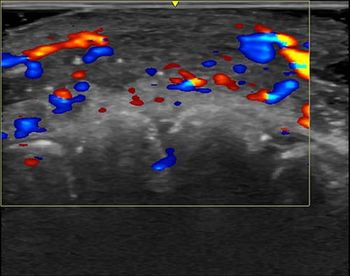
Children Exposed to More Radiation in Adult Hospitals
Cranial CT scans performed on children in non-pediatric hospitals expose them to more radiation.
Non-pediatric hospitals (NPHs) should consider using pediatric CT protocols when imaging injured children to reduce and limit radiation exposure, according to a study published in the
Researchers at the University of Arkansas for Medical Sciences in Little Rock sought to compare the use of cranial CT scans and radiation exposure in children in both NPHs and pediatric hospitals.
The researchers examined data from 487 children under the age of 18, median age 7.2, who underwent CT scans following a trauma. Patient-level factors included demographics, mode of transportation, and Injury Severity Score. Hospital-level factors included region of state, radiology services, and hospital type and size.
The results showed that the median effective radiation dose received at NPHs was twice that received at the pediatric trauma center (3.8 versus 1.6 mSv). Results were confirmed in independent and paired analyses, after controlling for mode of transportation, emergency department disposition, level of injury severity, and at the NPH trauma center level, hospital type, size, region, and radiology services location.
The researchers concluded that children who underwent cranial CT imaging in NPHs were exposed to twice the radiation dose compared with children who underwent similar imaging in a pediatric facility.
Newsletter
Stay at the forefront of radiology with the Diagnostic Imaging newsletter, delivering the latest news, clinical insights, and imaging advancements for today’s radiologists.




























